Mole Magic: 7 Spicy Secrets to a Homemade Sauce That’ll Make Your Taste Buds Dance!
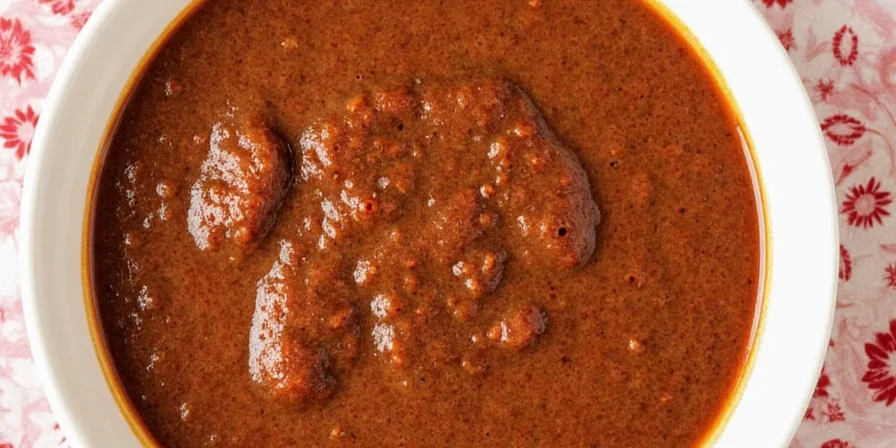
Calling all spice lovers and culinary adventurers! If you’ve ever had a rich, complex mole sauce and wondered how something so deep and mysterious could come out of a single pot, you’re not alone. The truth is — making homemade mole sauce isn’t just about throwing in a bunch of chilies and calling it a day. It’s a symphony of flavors, textures, and traditions from across the globe — especially Latin America, where mole has been a sacred staple for centuries.
In this article, we’ll walk through everything from ingredient selection to blending techniques, roasting methods, and flavor balancing that can turn your kitchen into a spice haven. So grab your apron, dust off that molcajete (or blender), and let’s dive into the world of mole magic.
Table of Contents
- What Is Mole Anyway?
- Why Bother Making Mole at Home?
- The Spice Lineup: What You’ll Need
- Step-by-Step Guide to Making Mole at Home
- Pro Tips for Perfecting Your Mole Sauce
- Global Twists on Traditional Mole
- How to Serve Your Homemade Mole Like a Pro
- Storing & Reheating Without Losing Flavor
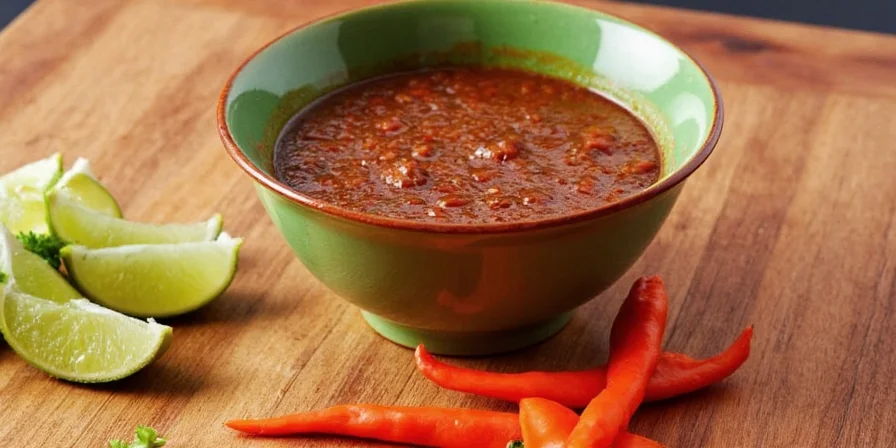
What Is Mole Anyway?
The word “mole” comes from the Nahuatl word molli, meaning “sauce” or “concoction.” Originally developed by indigenous civilizations like the Aztecs and later influenced by Spanish colonizers, mole is more than just a sauce — it’s a cultural artifact, a holiday centerpiece, and sometimes even a family heirloom recipe guarded with fierce pride.
Mole varieties differ widely across regions, but most share a few core ingredients:
- Dried chilies
- Chocolate (often dark or unsweetened)
- Nuts or seeds
- Bread or tortillas
- Spices (cinnamon, cumin, clove, etc.)
- Tomatillos or tomatoes
- Vinegar or citrus
It’s a labor of love — often requiring hours of preparation, roasting, grinding, and simmering — but the reward is a sauce so rich and layered, it tastes like history poured over your plate.
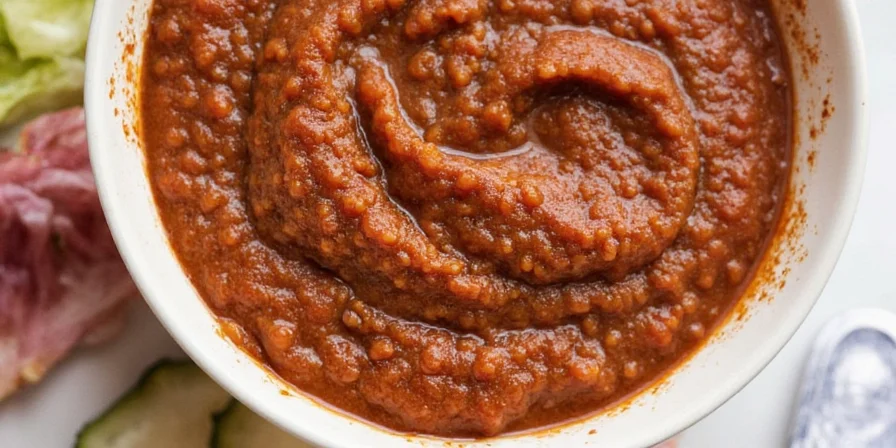
Why Bother Making Mole at Home?
You might be thinking, “Can’t I just buy a jar?” And sure, store-bought mole is convenient. But here’s why homemade is worth every second:
- Customization: Control salt, sweetness, heat level, and complexity.
- Freshness: Store-bought sauces are shelf-stable — which usually means preservatives.
- Flavor depth: Roasting spices and chilies yourself unlocks layers of flavor no factory can replicate.
- Cultural connection: You’re preserving a tradition that spans hundreds of years.
The Spice Lineup: What You’ll Need
Here’s where things get fun — and a little overwhelming if you’re new to global spice traditions. Let’s break down the essential ingredients and what they bring to your mole sauce:
| Ingredient | Role in Mole | Common Substitutes / Alternatives |
|---|---|---|
| Ancho Chili | Base note — fruity, sweet, earthy | Guajillo, New Mexico chili |
| Pasilla Chili | Dark, raisin-like flavor | Mulato, Negro, Poblano (when dried) |
| Chocolate | Deepens flavor, adds richness | Unsweetened cocoa powder, bittersweet chocolate |
| Cinnamon | Warm spice backbone | Allspice berries (traditional substitute) |
| Almonds or Pepitas | Adds texture and nutty depth | Walnuts, sesame seeds |
| Bread | Thickener and sweetness source | Tortilla, stale crackers |
| Tomatillos | Acidity and green tang | Green tomatoes, lime juice |
Step-by-Step Guide to Making Mole at Home
- Toast the Chilies: Remove stems and seeds (unless you want extra heat). Toast them gently in a dry pan until fragrant and slightly darker in color. Don’t burn them — think ‘roasty,’ not ‘charcoal.’
- Roast Everything Else: Toss garlic, onions, tomatillos, nuts, and bread into a hot oven or pan. This caramelizes sugars and brings out natural sweetness.
- Blend It All: Add soaked chilies, roasted items, spices, and broth to a blender. Blend until smooth — you may need to do this in batches.
- Cook Low and Slow: Simmer the sauce over low heat for at least an hour, stirring often. Stir in melted chocolate near the end to prevent seizing.
- Season & Adjust: Taste as you go. Add vinegar, sugar, salt, or water to balance the richness and spice.

Pro Tips for Perfecting Your Mole Sauce
- Use Fresh Spices: Old cinnamon sticks don’t cut it. If your spices smell like cardboard, toss them.
- Dry Ingredients First: Always toast and roast before adding liquid — this intensifies flavors.
- Balance Sweetness and Heat: Use a pinch of sugar or raisins to tame overly spicy chilies.
- Don’t Skip the Acid: A splash of vinegar or lime brightens up the whole sauce.
- Use Broth Instead of Water: Chicken or vegetable stock adds another layer of umami.
- Strain for Smoothness: For silky results, pass the sauce through a fine mesh strainer after blending.
- Let It Rest Overnight: Like a good stew, mole gets better the next day. Flavors have time to marry beautifully.
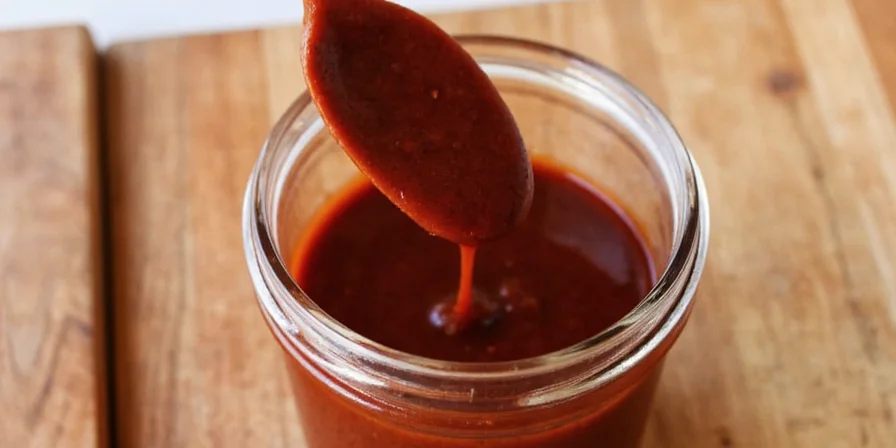
Global Twists on Traditional Mole
Mole doesn’t have to stick strictly to Mexican roots. Here are some global spins inspired by Global Spice Traditions:
- African Mole: Swap almonds for peanuts, add ginger and cardamom for warmth.
- Indian-Inspired Mole: Use garam masala, tamarind paste, and cashews for a tangy twist.
- Asian Fusion Mole: Add miso, star anise, and sesame oil for umami-rich complexity.
- Mediterranean Mole: Olive oil base, smoked paprika, sun-dried tomatoes, and pine nuts.
- Caribbean Mole: Infuse with allspice, coconut milk, and scotch bonnet peppers for island flair.
How to Serve Your Homemade Mole Like a Pro
Mole is incredibly versatile. Here are classic and creative ways to use your homemade creation:
- Turkey Enchiladas: Especially traditional during Día de los Muertos.
- Pozole: Add a swirl of mole to a hearty hominy soup.
- Grilled Meats: Drizzle over steak or lamb chops for bold flavor.
- Rice Bowls: Pour over spiced rice, beans, avocado, and grilled veggies.
- Breakfast Twist: Try it on scrambled eggs or breakfast tacos.
Storing & Reheating Without Losing Flavor
Yes, mole keeps well — and it gets better over time! Here’s how to store it properly:
- Refrigerator: Up to 5 days in an airtight container.
- Freezer: Store in portion-sized bags or containers for up to 3 months.
- Reheating Tip: Gently warm on the stove with a splash of broth or water to loosen the texture.
- Avoid Microwaving: It tends to make the sauce separate or lose its luster.
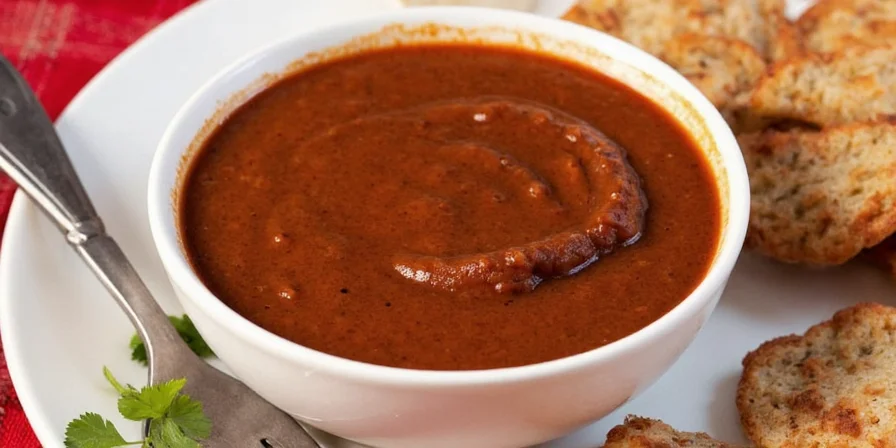
Conclusion: Embrace the Mole Mastery
Making your own homemade mole sauce isn’t just a cooking project — it’s a celebration of spice, culture, and culinary craftsmanship. Whether you follow a centuries-old Oaxacan recipe or invent your own fusion version, the journey is as rewarding as the destination.
So go ahead — roast those chilies, grind those spices, and stir that pot with purpose. With a little patience and a lot of love, your mole will become the talk of the table. And who knows? Maybe someday, someone will ask you for your secret mole recipe — and you’ll smile knowingly, knowing the real secret was in the process all along.
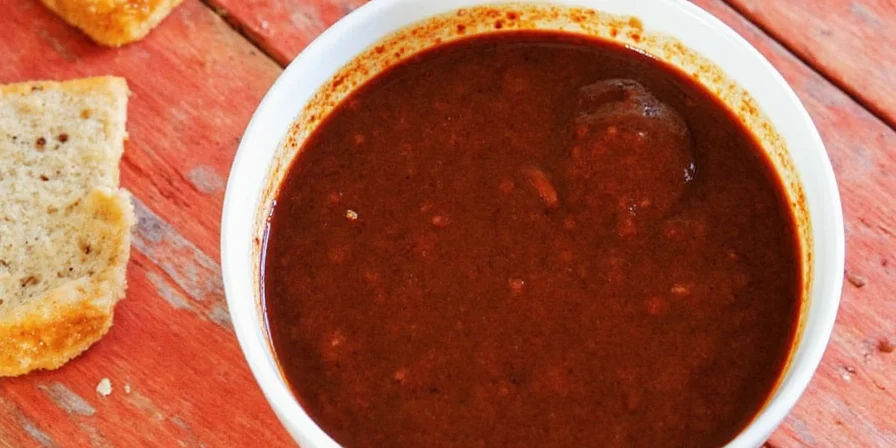

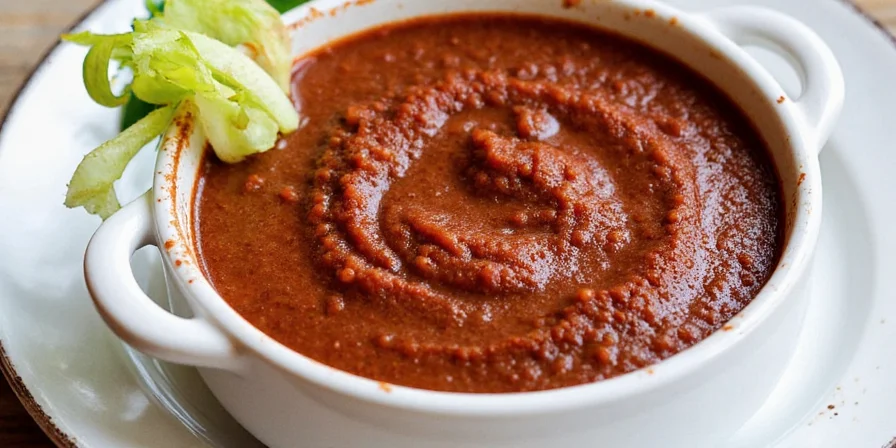









 浙公网安备
33010002000092号
浙公网安备
33010002000092号 浙B2-20120091-4
浙B2-20120091-4